The real trekking and nature hub is New Zealand. The country’s uniqueness lies in its hiking trails, which lead through protected areas with diverse landscapes – sometimes through dense forests, sometimes along the picturesque inland coast, through rocky mountains, or through volcanic fields. Of particular note are the “Great Trails” – specially equipped and carefully designed routes that attract tourists from all over the world. These routes are not just hiking trails — they allow you to immerse yourself in the atmosphere of pristine nature and get acquainted with the amazing diversity of New Zealand landscapes. This article discusses how to properly prepare for a trip along the Great Walks: choosing a route, equipment, features of communication in remote areas, safety and logistics. It also tells how modern technologies — for example, eSIM from TooSim — help you stay in touch even where traditional operators do not always catch.
What are Great Walks?
The Great Walks program covers ten trails, each of which is unique and deserves attention. Let’s take a closer look at four of the most famous and beloved routes.
Milford Track — the “Finest Walk in the World”
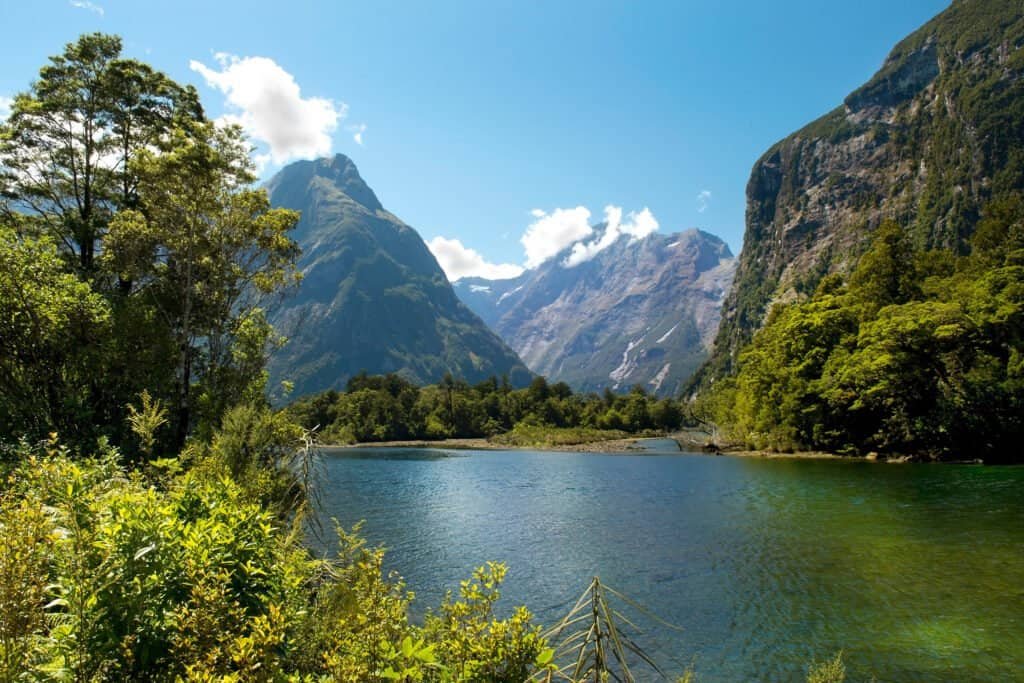
The Milford Track in Fiordland National Park is a classic New Zealand trekking route. Calling it “the best route” is no exaggeration. In four days, travelers hike approximately 53 kilometers through ancient forests, past waterfalls and mountain lakes. The route begins deep in the fjords and offers views rarely found elsewhere.
The Milford Track’s unique feature is its popularity. During the season, the number of tourists is limited – to protect nature and ensure the comfort of the participants. Overnight stays are in huts that, while quite simple, are equipped with everything necessary.
Routeburn Track — Alpine Beauty Between Two Parks

The Routeburn Track runs between Fiordland and the Glenorchy region. The trail goes through mountain passes and turbulent streams. Its length is about 32 kilometers. Usually people complete the route in 2-3 days. The trail offers beautiful views of the Southern Alps. These landscapes are hard to forget. Along the way, the nature changes. Below are wet forests. The higher you go, the more open and harsh places there are. At the top is real alpine tundra.
Abel Tasman Coast Track — Coast and Beaches
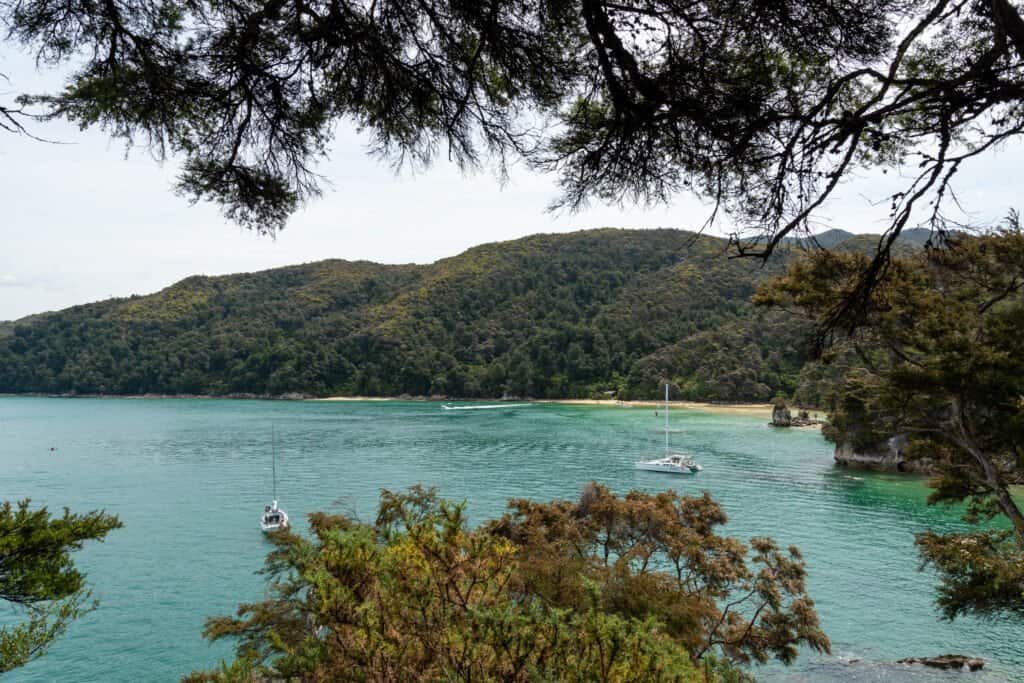
For those who prefer warmer and milder conditions, the Abel Tasman Coast Track is ideal. This is the most “beachy” of the Great Walks — it stretches for almost 60 kilometers along golden beaches and bays with clear water.
The route is easy. You can combine hiking with kayaking, staying in picturesque campsites and huts.
Tongariro Northern Circuit — Volcanic Landscapes
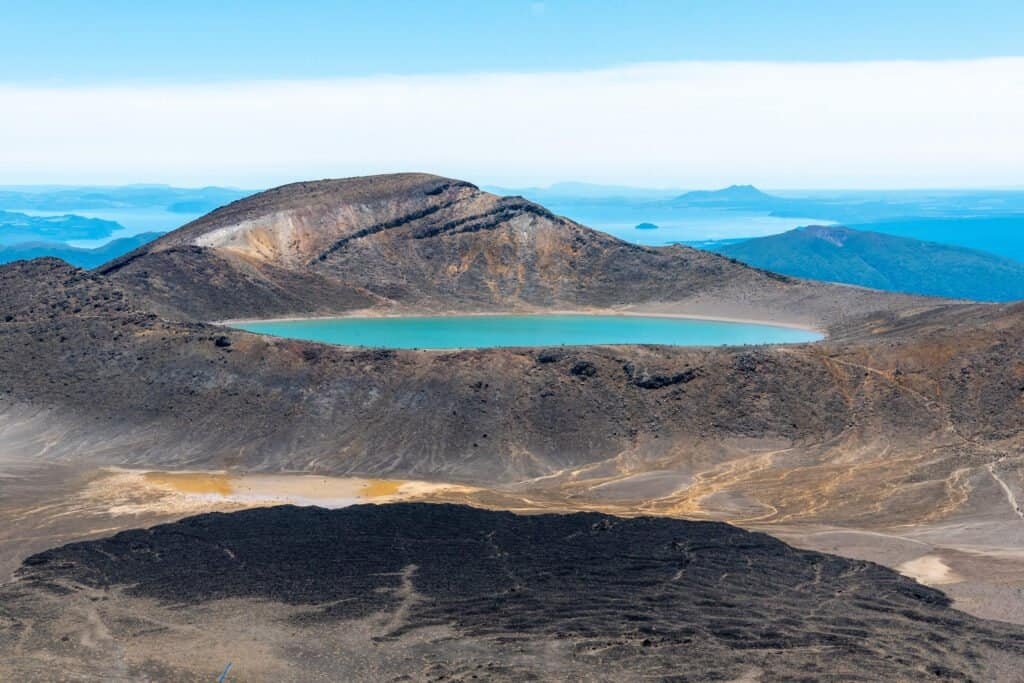
This route is completely different in spirit. It is home to active volcanoes, lava fields and the famous Emerald Lakes, the colours of which amaze even seasoned travellers. The route is about 43 kilometres long and is usually completed in 3-4 days.
Tongariro Northern Circuit is considered one of the most challenging Great Walks, and the weather here can be particularly unpredictable — be prepared for sudden changes in temperature and wind.
What to Pack — Essential Checklist
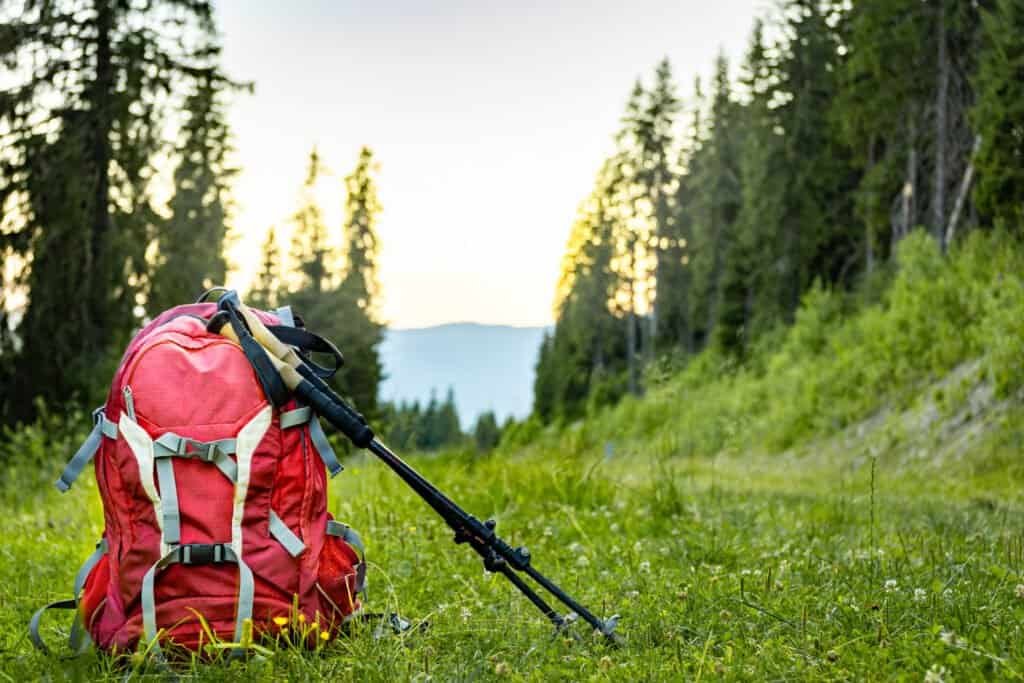
The weather in New Zealand can change quickly. So, it is recommended to be ready for everything.
- Clothing. Waterproof jacket and trousers, fleece or a warm fleece jacket. Warm socks and hats would also fit the consideration. Layering is preferable for quick adjustments to thermal insulation needs.
- Footwear. Fine trekking shoes should be chosen with low ankle support and waterproof membranes. If the shoes are new, it is proper to break them in beforehand.
- Food and drink. Drinking water can be reconciled at help stations. Still, it’s essential to carry some while traveling. Food should be light and energy-rich: nuts, dried fruits, and freeze-dried meals. Overnight equipment: tents are strictly not necessary for an overnight stay in the huts. On particular routes, registration and advanced booking of sleeping arrangements are required.
- Navigation. Paper maps are always a backbone. GPS and compass will help you, but do not trust your electronics 100%.
- Charging. Keep a power bank or solar chargers with you for the quick charging of your smartphone or GPS device.
- Extras. Trekking poles, a first aid kit with all needs, sunscreen, and glasses.
Staying Connected: Is There Cell Coverage?

One of the most common problems on the Great Walks is limited or no mobile coverage. National parks are located in remote areas where operators have little or no coverage. Even having a local SIM card does not guarantee stable internet.
That is why it is important to take care of communication and information methods in advance. For modern travelers, eSIMs like those from TooSim are a great solution. They allow you to activate mobile data upon arrival in the country, quickly and without having to change your physical SIM card.
This approach helps you stay connected when a signal appears and quickly download offline maps, weather, and notifications. This is especially important for maintaining safety and coordination in a group.
This is where an eSIM like the one from TooSim becomes useful. With instant setup via QR code, travelers can activate mobile data upon arrival in New Zealand without visiting a store or switching SIM cards.
Why Consider TooSim for Your New Zealand Trek?
TooSim offers local rates with coverage throughout the country, without the need to pay roaming. This is convenient and saves time, especially for those who are planning not just one route, but a complex trip across different regions.
- Easy activation via QR code — no need to look for stores and waste time at the airport.
- Flexible coverage — sufficient for popular tourist areas and cities.
- No hidden fees and roaming — an important plus for tourists who want to control their expenses.
You can find out the details here: https://toosim.com/esim-new-zealand
Tip: Always download maps and trail info before entering the track, as signal is often unavailable once you begin hiking.
Safety Tips for the Great Walks
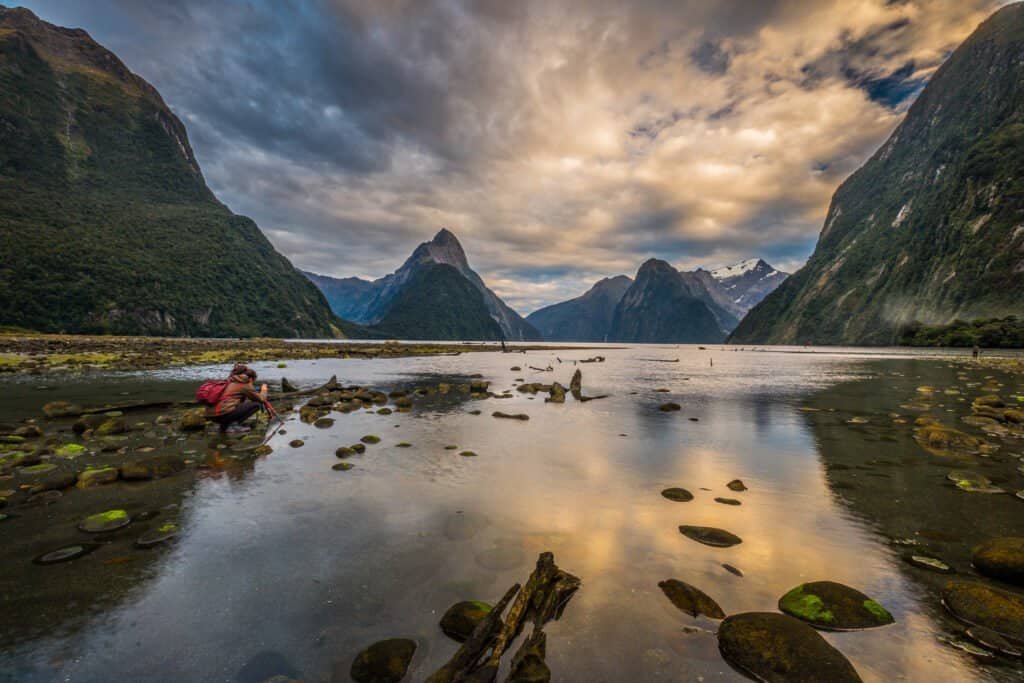
Despite the beauty and comfort, Great Walks are still hikes in the wild, where unexpected situations may arise. To reduce the risks, it is worth following simple rules:
- Registering the route at the offices of the Department of Nature Conservation or through special online services is mandatory on many routes. This helps the services quickly begin searching in case of unforeseen circumstances.
- Carry a PLB (Personal Locator Beacon) — a personal beacon that allows you to send a distress signal with an exact location, even if there is no connection.
- Regularly check the weather conditions and the condition of the trail — especially in mountainous areas, where the situation can change quickly.
- Do not walk alone, but form small groups — this increases safety and simplifies assistance if necessary.
- A first aid kit and basic first aid skills — each participant should have one.
How to Get to the Start of the Great Walks?
The starting points of the routes are usually far from large cities, so it is worth planning your transport in advance:
- Milford Track and Routeburn Track: you can get there by bus that runs from Queenstown or the city of Ti Anau. These are convenient routes with a schedule adapted for tourists.
- Abel Tasman Coast Track: water taxis are popular here, which take tourists from Kaiteriteri Beach to the starting points of the track. Such a trip will additionally give you views of the coast.
- Tongariro Northern Circuit: the starting near the village of Whakapapa and the town of Taupo. You can get there by a special shuttle or by rented car.
Hiking the Great Walks is an exciting adventure. But you need to be prepared for it. It is important to respect nature, know the route and not forget about safety. Only then will you enjoy the trip and be able to truly enjoy New Zealand.

